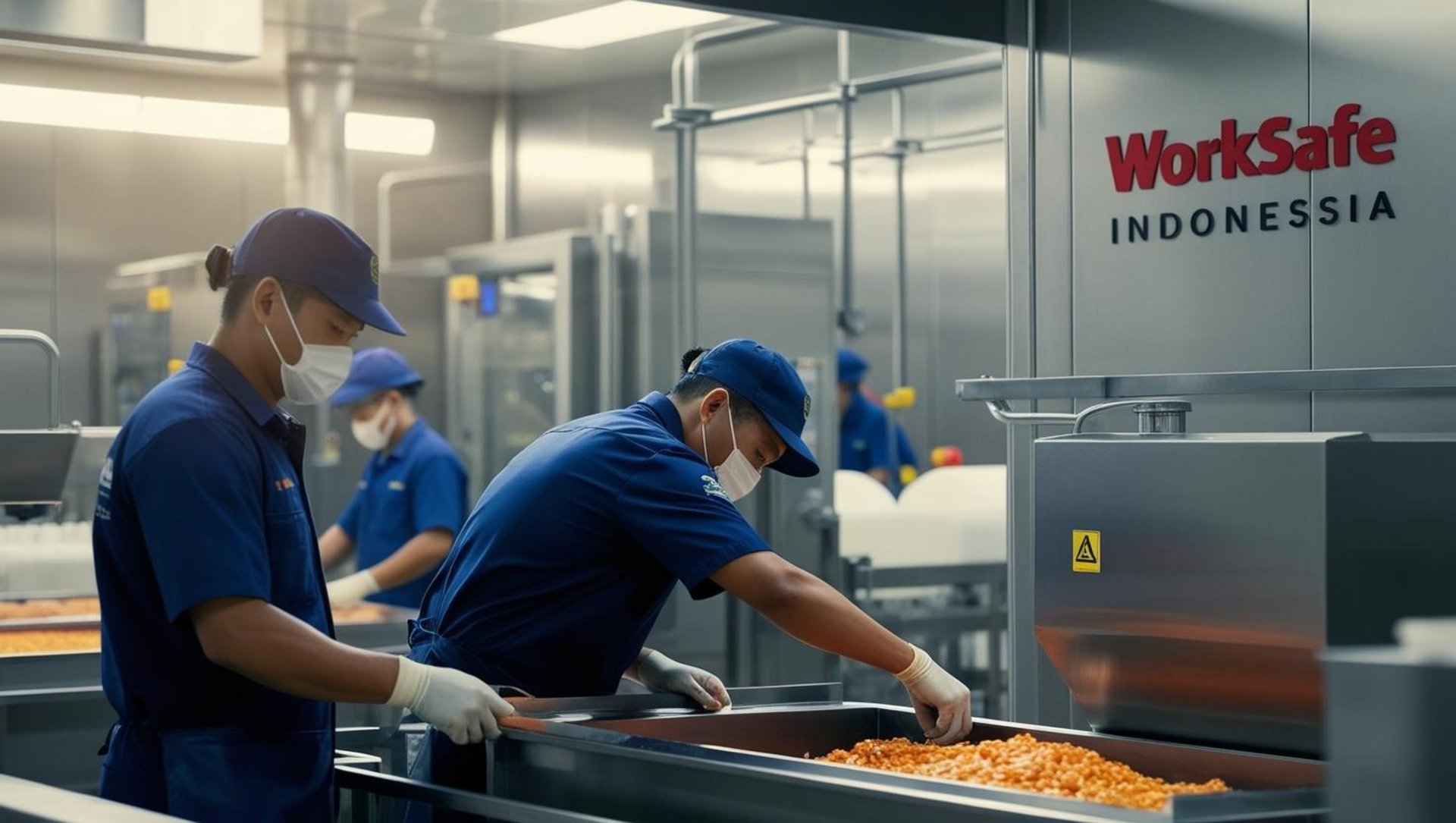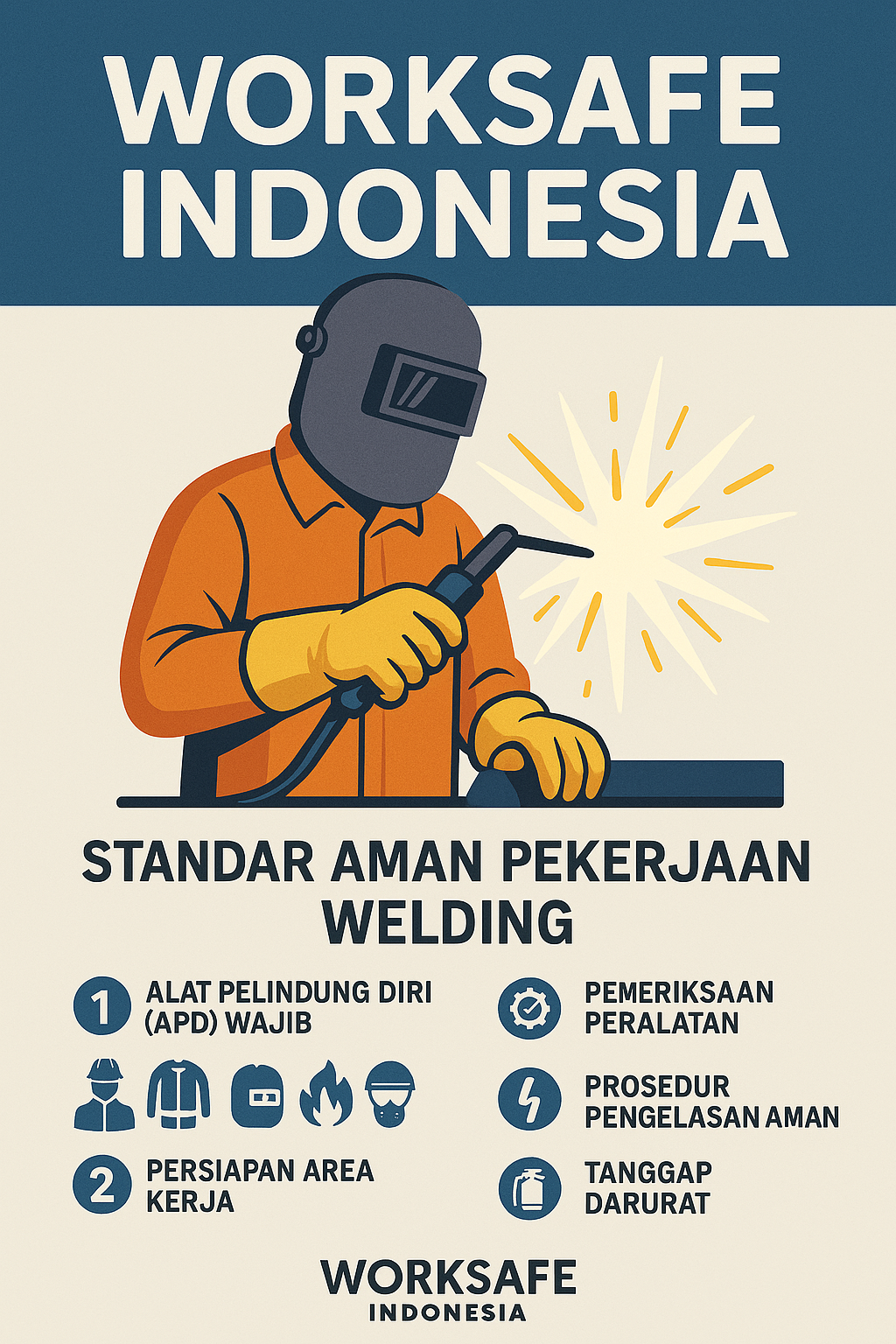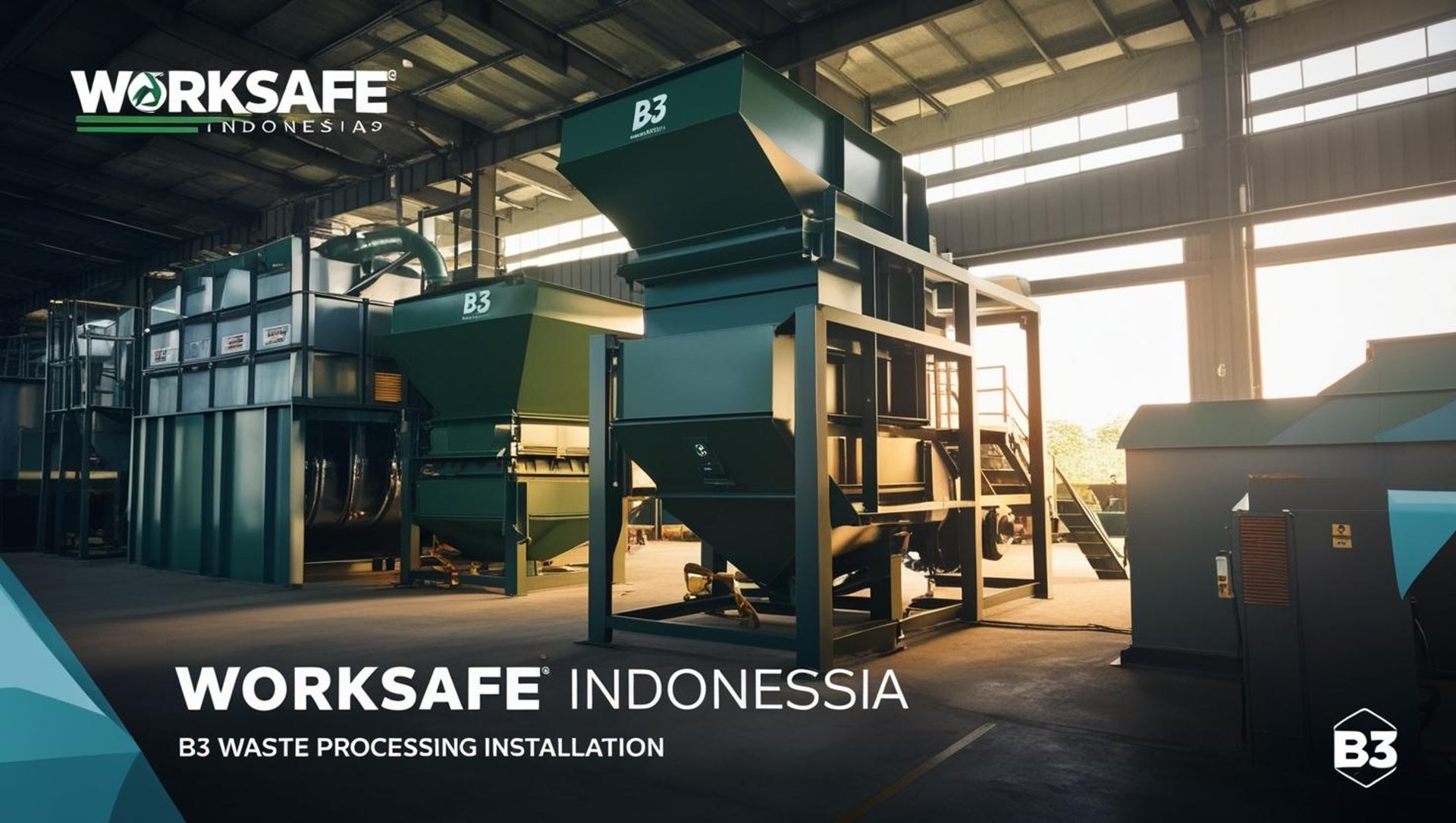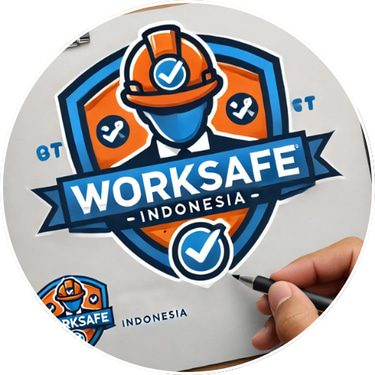
Promoting All About Safety, Health and Environmental
Safety Standards for Welding Work: A Comprehensive Guide for a Safer Workplace
Safety Standards for Welding Work: A Comprehensive Guide for a Safer Workplace Welding is a crucial manufacturing process, but it also carries significant risks. Without proper safety standards, welders can face hazards ranging from burns to exposure to toxic gases. Therefore, understanding welding safety standards is essential to protecting workers’ health and well-being.
SAFETY
Septian Indra
5/13/20252 min read


Safety Standards for Welding Work: A Comprehensive Guide for a Safer Workplace
Welding is a crucial manufacturing process, but it also carries significant risks. Without proper safety standards, welders can face hazards ranging from burns to exposure to toxic gases. Therefore, understanding welding safety standards is essential to protecting workers’ health and well-being.
Why Are Welding Safety Standards Important?
Welding involves high temperatures, ultraviolet radiation, and hazardous gases. These risks can lead to:
Burns: Caused by sparks or direct contact with hot metal.
Temporary or Permanent Blindness: Due to exposure to UV rays generated by the welding process.
Exposure to Toxic Gases: Welding fumes can cause respiratory issues and poisoning.
Electric Shock: Welding equipment uses electricity, posing a risk of severe electric shock.
Welding Safety Standards
Use of Personal Protective Equipment (PPE)
Welding helmets with UV and infrared filters to protect eyes and face.
Heat-resistant gloves and fire-resistant clothing.
Leather aprons to shield the body from sparks.
Safety boots with anti-slip and heat-resistant soles.
Respirators to prevent inhalation of harmful gases.
Proper Ventilation
Ensure adequate air circulation to prevent the buildup of hazardous fumes.
In confined spaces, use local exhaust ventilation or a fan system.
Equipment Inspection
Check all cables, connections, and welding equipment for any signs of damage.
Verify gas pressure levels to prevent leaks.
Training and Certification
Ensure that all welders receive training on proper welding techniques, PPE usage, and emergency procedures.
Handling Hazardous Materials
Store hazardous materials following safety guidelines.
Use fire-resistant containers that are easily accessible in case of emergencies.
Emergency Procedures for Welding Accidents
If a welding accident occurs, follow these emergency procedures:
Burns: Cool the affected area with running water for 10-15 minutes. Avoid applying creams or oils to the burn.
Exposure to Toxic Gases: Move the affected person to a well-ventilated area and call for medical assistance.
Electric Shock: Turn off the power source before touching the victim. If unconscious, perform CPR if trained to do so.
Conclusion
Welding safety standards are not just about compliance; they are about saving lives. By implementing proper safety protocols, using the right PPE, and staying vigilant, workplace accidents can be significantly reduced.
At Worksafe Indonesia, safety is our top priority. Keep safe, Be safe!! 🚧💪

